Birdwatching Around Our Campsites
Twitching, birding, or ornithology? Call it what you may, but our campsites and its surroundings are a wildlife haven, perfect for a birdwatching adventure. Our campsite staff have given us the lowdown on the species you might spot around the Club Sites, as well as the best birdwatching spots to visit during your stay with us.
Theobalds Park, Hertfordshire
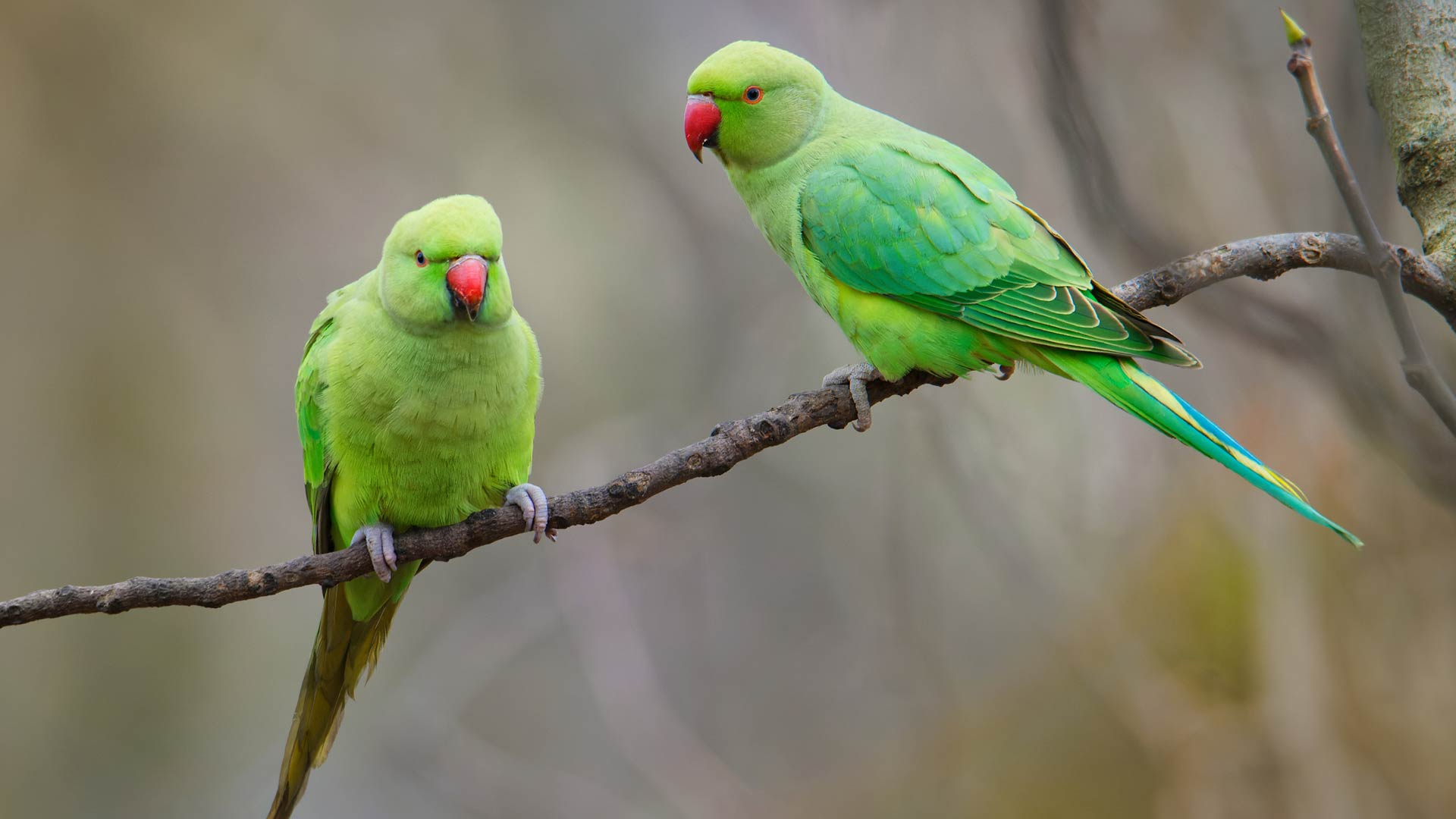
Within an hour’s drive of London, Theobalds Park Club Site is a great base for spotting both urban and woodland birds. More than 300 different species of bird have been recorded over the course of a year in the city. Parks in London are thriving with wildlife, so take some time to stop and see what you can spot. Waxwings, bramblings and chaffinches can often be seen. Green Park also has resident tawny owls.
Theobalds Park itself has regular ring-necked parakeets visiting. Putting out a nut feeder will attract them to your pitch, allowing for great photograph opportunities like the one above.
Keswick, Cumbria
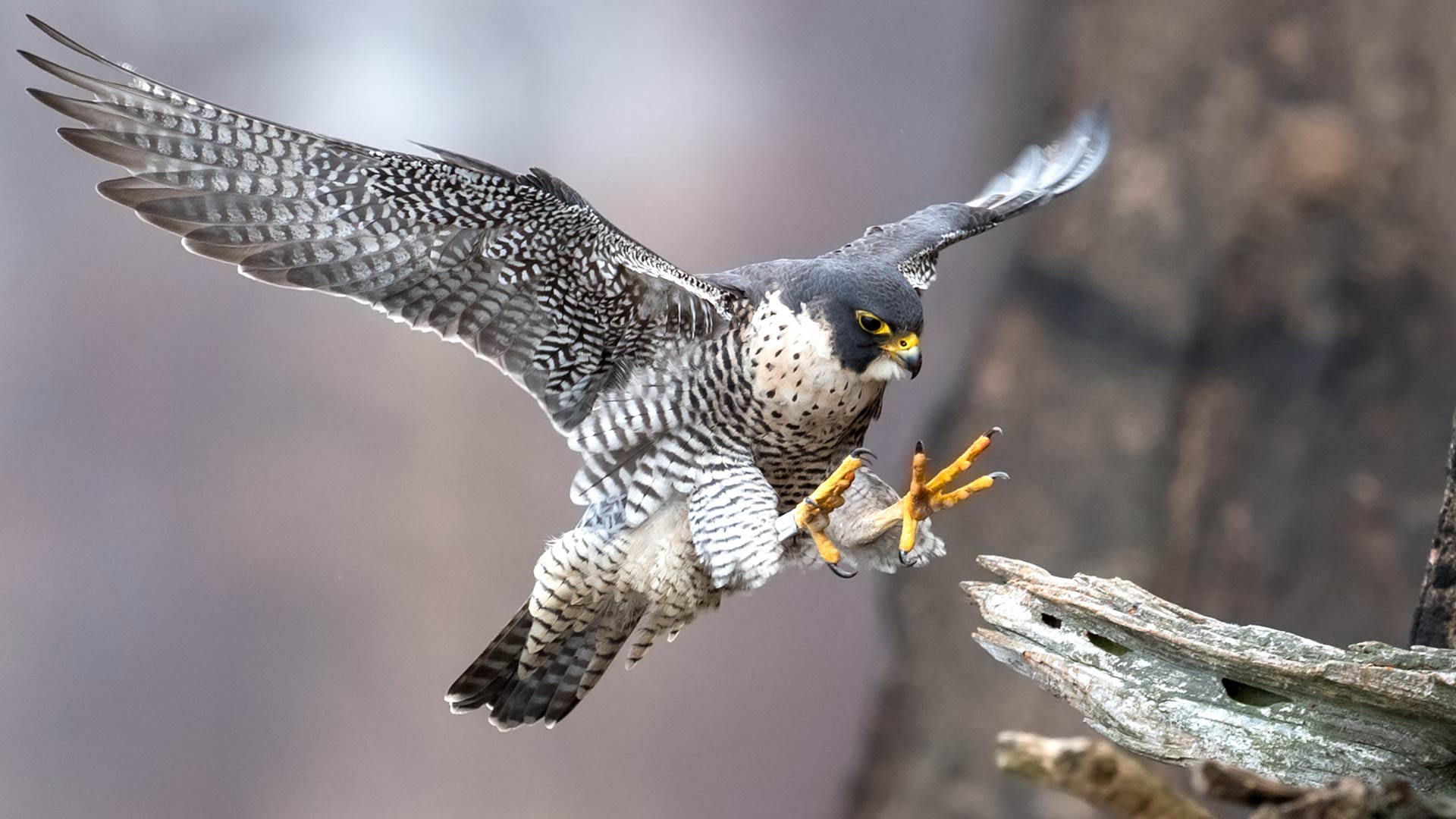
The Lake District is a great location for birdwatching due to the differing landscapes. The sea cliffs, reed beds, mountains and nature reserves are all hot spots for varying birds. The RSPB at Wild Haweswater surrounds a reservoir offering rivers, bog and woodland. Until recently, it was home to England’s last golden eagle. Pied flycatchers, dippers, peregrine and redstart can still be seen on the reserve.
Bassenthwaite Lake, the only actual lake in the Lake District, is home to the world-famous osprey. With a wingspan of nearly five feet, the birds use the area around the lake as a breeding ground. Keswick Club Site and the surrounding areas are home to chaffinches, skylarks, goldcrests, blue tits and coal tits, making the campsite an excellent location for birdwatching.
Wyeside, Wales
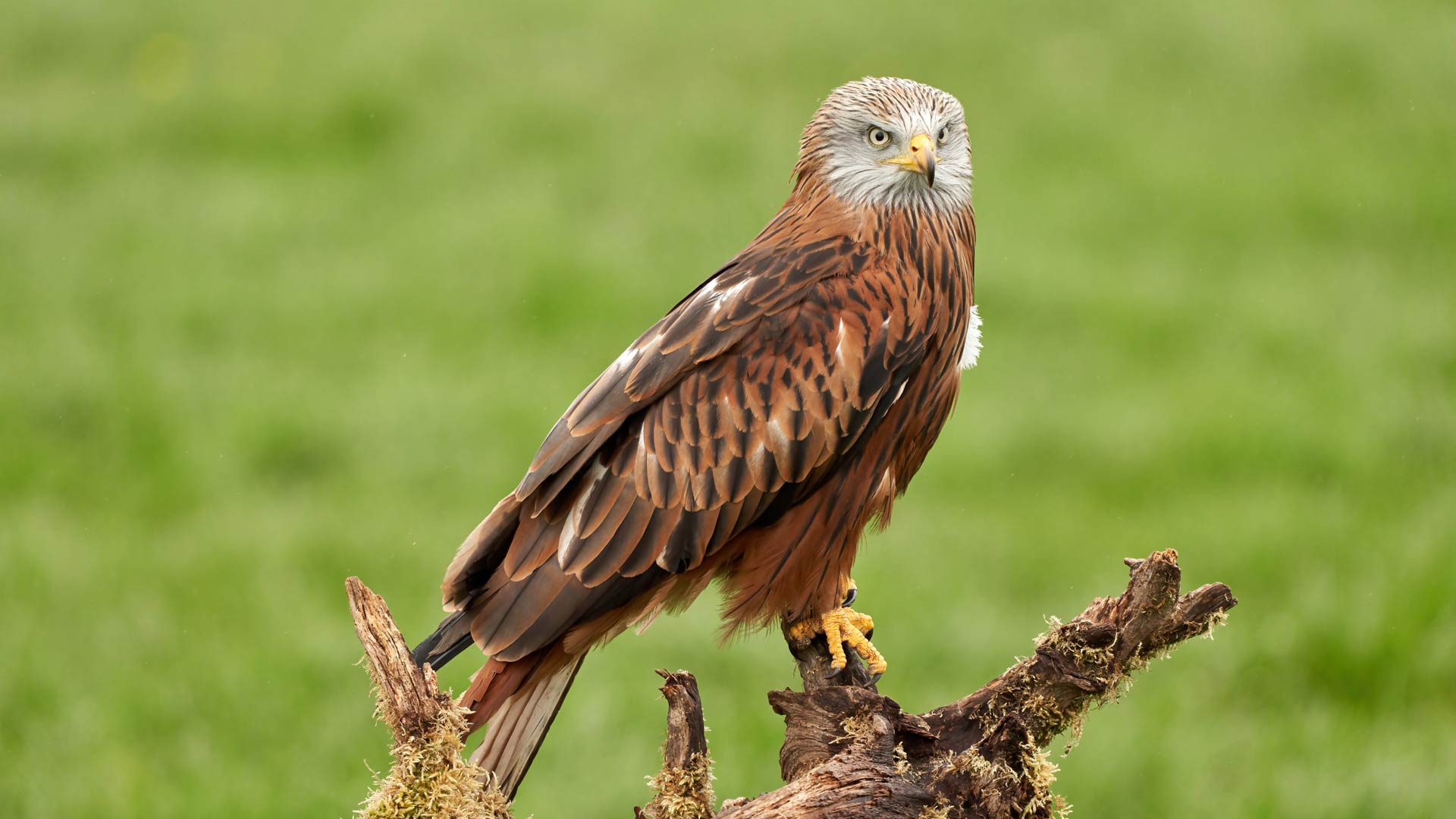
With 1,600 breeding pairs in the UK, red kites have a conservation status of green. With a reddish brown body and forked tail, the distinguishable bird can be spotted circling the Wyeside Club Site. Dippers are also seen around the river - speak to site staff about walks from the site. If you’re interested in specifically spotting red kites, our Rhandirmwyn Club Site is within driving distance of the Red Kite Feeding Station, where you can sit in a bird hide just a few feet away from the birds. Buzzards and ravens are often seen at the station.
Tarland by Deeside, Aberdeenshire
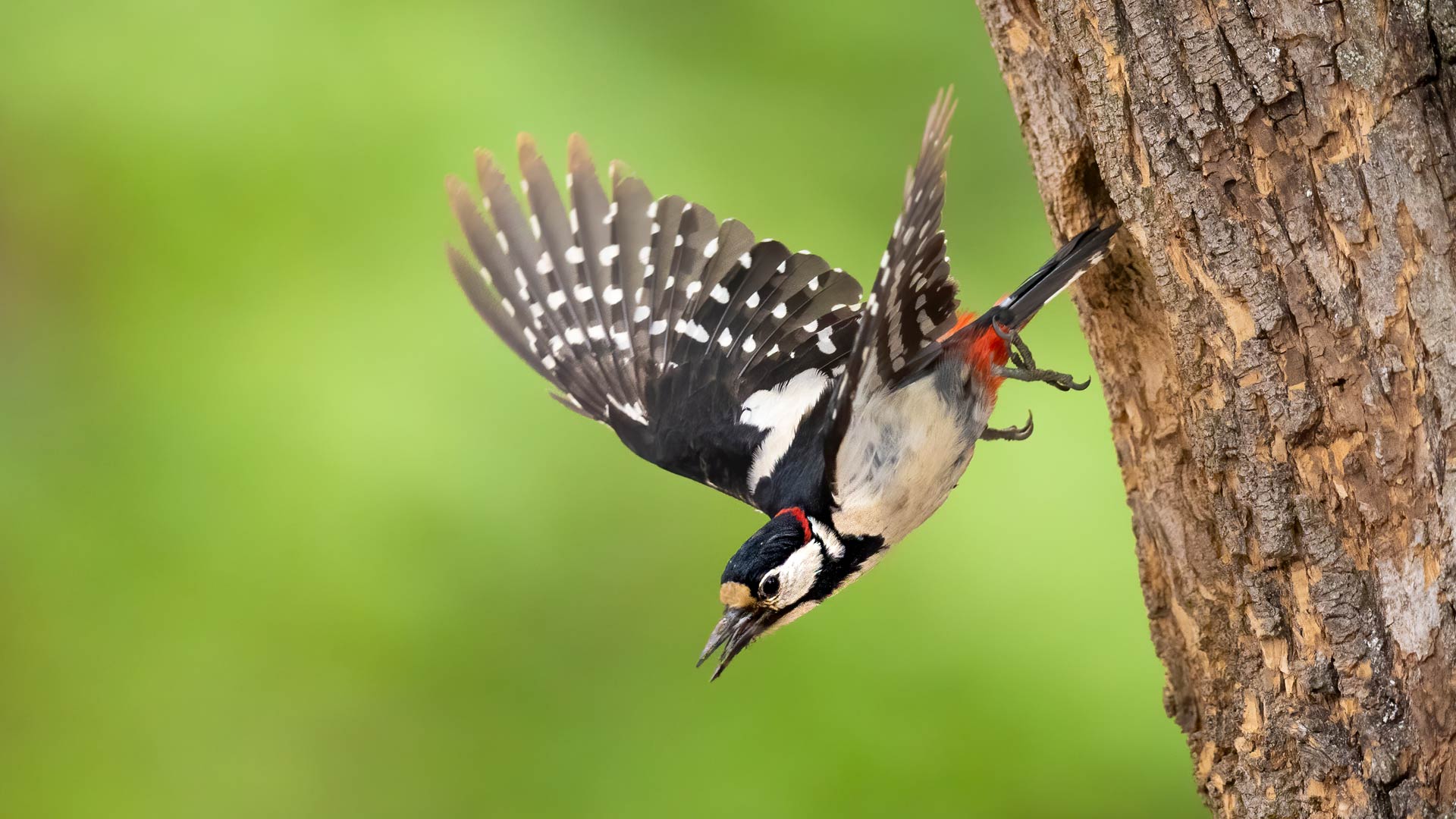
At our Tarland by Deeside Club Site, you can spot a variety of birds, including nuthatches, wrens, great spotted woodpeckers, and red kites. Swallows nest in a garage on-site several times a year, and the area is teeming with other wildlife, such as bats and red squirrels. A bird hide is within walking distance—just ask the site staff for directions.
For osprey sightings, head to Muir of Dinnet National Nature Reserve, just a ten-minute drive away. The reserve is home to diverse wildlife, from birds and insects to moths and otters, ensuring an exciting visit in any season.
If you're hoping to spot puffins, RSPB Fowlsheugh is about an hour’s drive from Tarland. Spring and early summer are the best times to see these charismatic seabirds, while razorbills make their appearance between March and July.
Sandringham, Norfolk
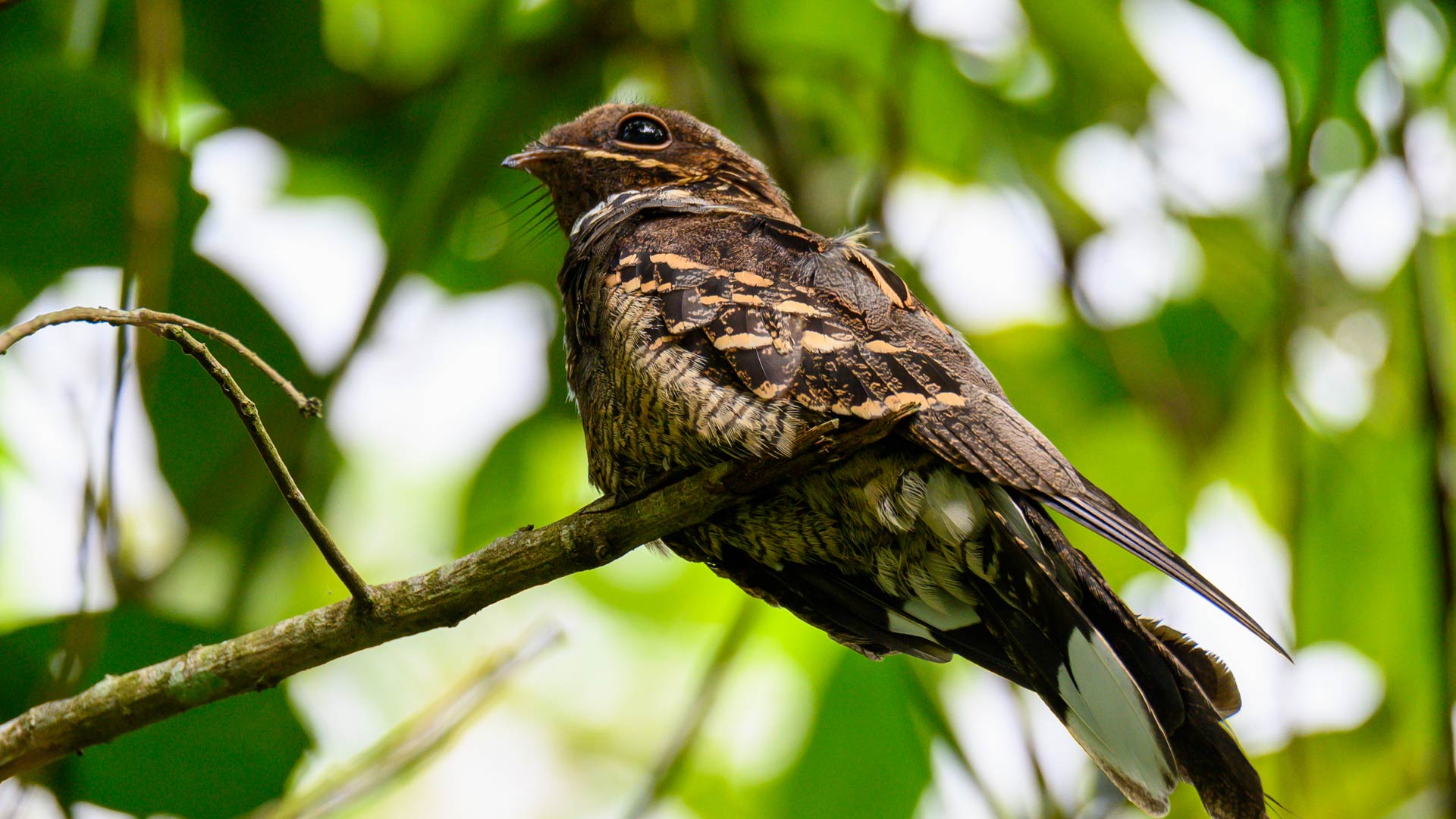
With an amber conservation status, nightjars are a real treat to see around our Sandringham Club Site. The golden pheasant is an introduced species to the UK with a relatively low number of breeding pairs, which you may also be able to see around Norfolk, with sightings often occurring around Wolferton. The males are a vivid yellow, red and blue, mix whilst the females are a brown/cream mix.
RSPB Snettisham is around a ten-minute drive from Sandringham Club Site, with thousands of wading birds making use of the lagoons and marshes. If you’re camping at Sandringham from late summer onwards, Snettisham is well worth a visit to see the wading birds being forced to take flight as high tide covers the mudflats.
Cheddar Mendip Heights, Somerset
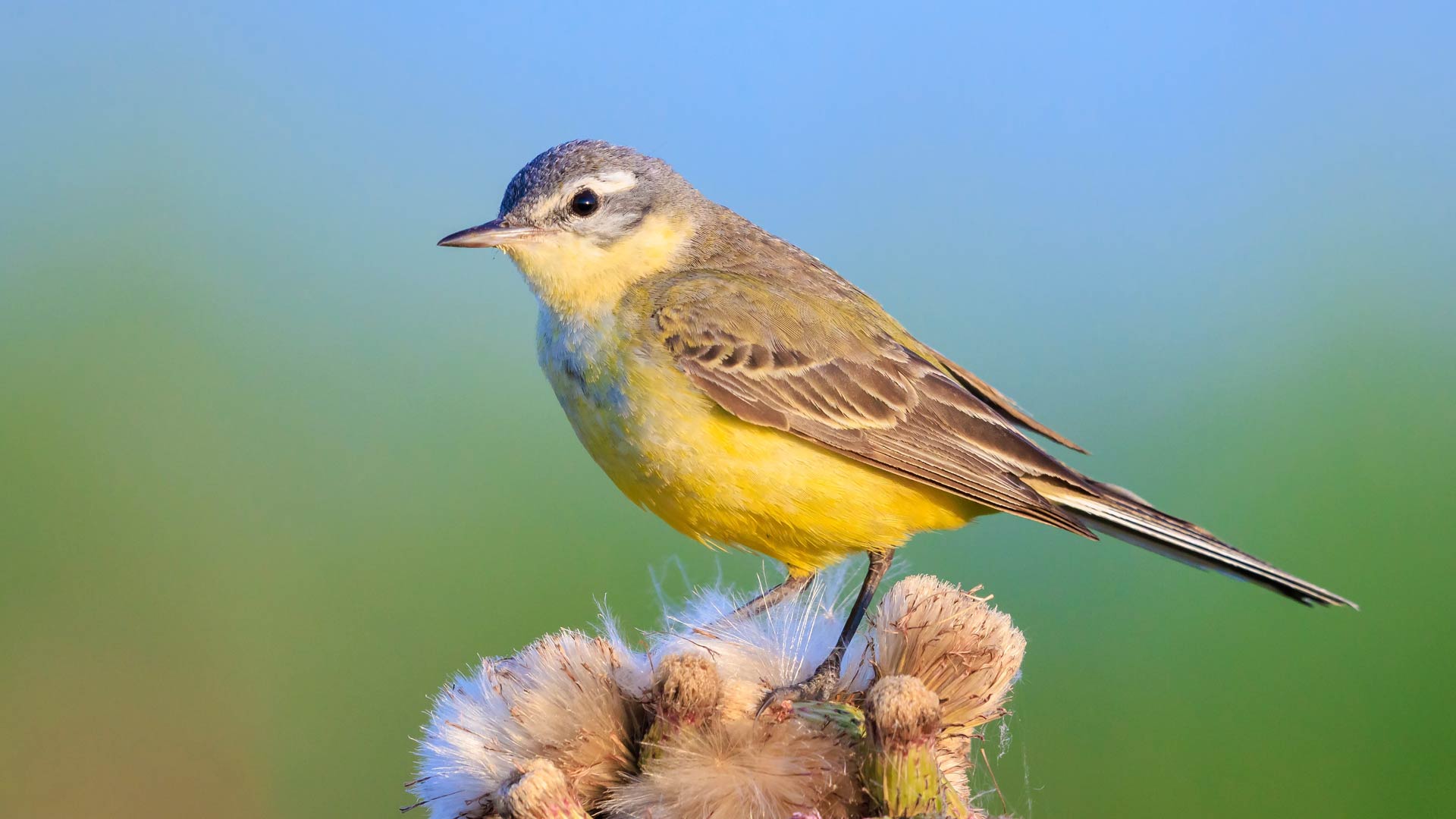
RSPB Greylake is a 40-minute drive from our Cheddar Mendip Heights Club Site. Yellow wagtails, which are on the red conservation list, start arriving in April and migrate to Africa for the winter. Marsh harrier, the largest of all harriers can be spotted here, hunting over the fields.
Ravenglass, Cumbria
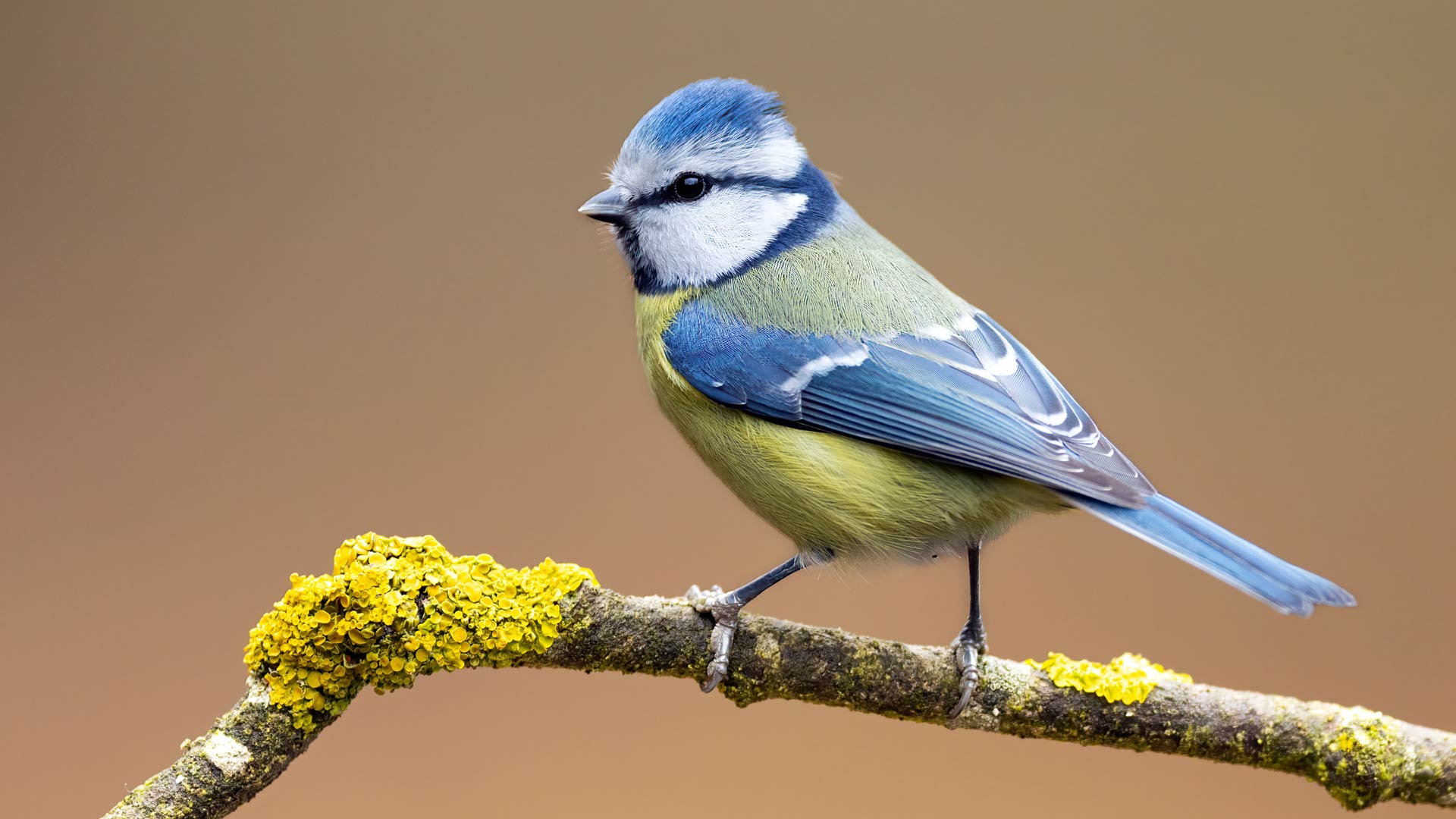
Another great base for exploring the Lake District is Ravenglass. A few species spotted on our Ravenglass Club Site include rooks, crows, blue tits, great tits, chaffinches and jays. Egrets, cormorants, oyster catchers, herring gulls and plovers. If you walk out of the campsite, you may be able to spot great spotted woodpeckers, common buzzards, grey herons and tawny owls.
Discover some incredible Lake District walks here, or ask one of the staff members at our Club Site about their favourite route.
Loch Ness Shores, Inverness

Less than 30 minutes away from Loch Ness Shores Club Site is RSPB Loch Ruthven. This nature reserve is surrounded by woodland, providing the perfect habitat for some very special birds. The loch is home to the majority of the breeding slanvonian grebe population, which are on the red conservation list with just 30 UK breeding pairs. Black-throated divers, curlew, osprey and red-throated divers can also be seen on the reserve.
The spectacular Abriachan Wood is just under an hour’s drive from Loch Ness Shores. Extensive grassy paths and wooded walks are great for birdwatching on the move. Some of the species to look out for are spotted flycatchers, willow warbler, crossbill, redstart and black grouse.
Kingsbury Water Park, West Midlands
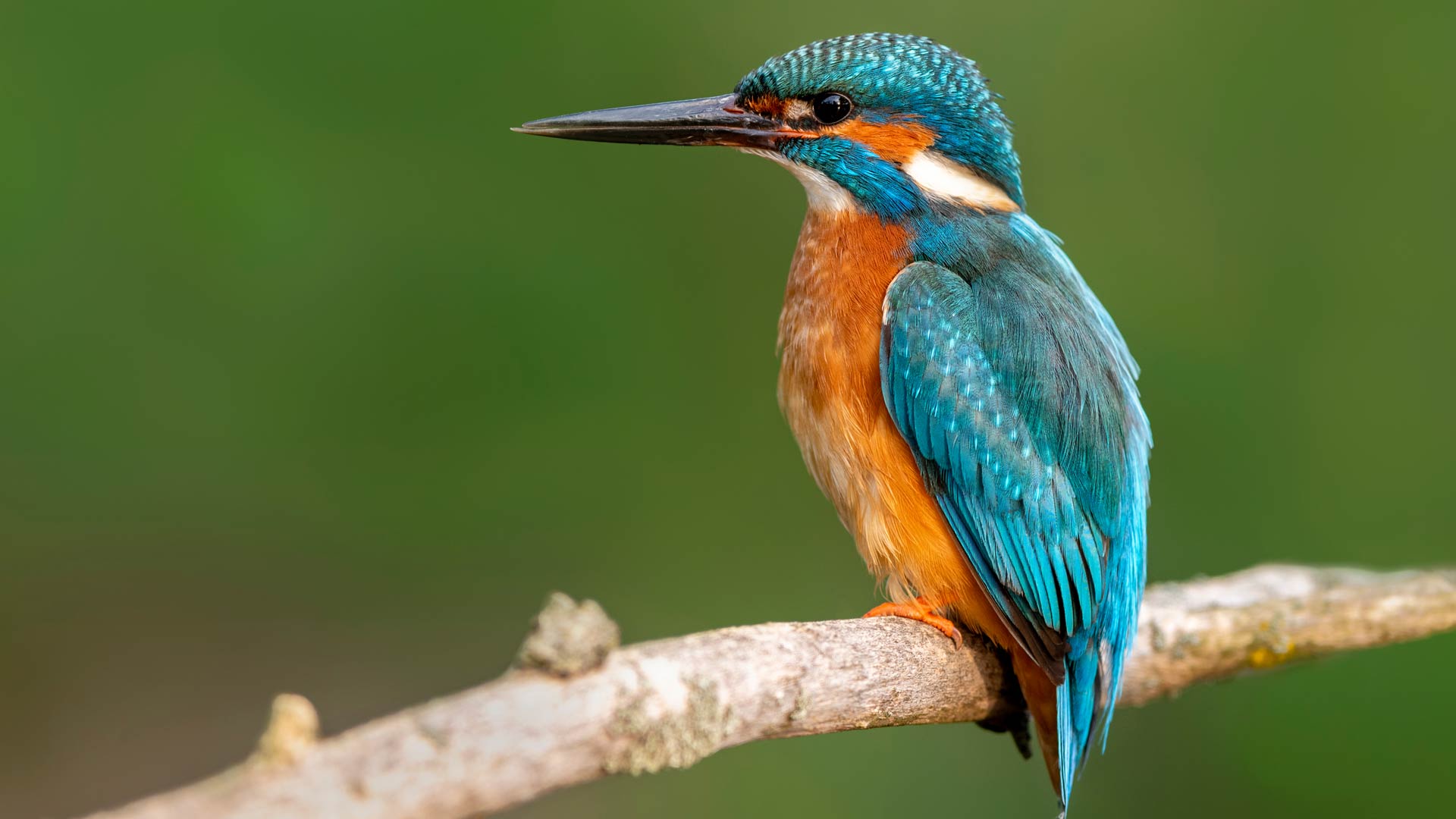
The Midlands, the heart of England, is a hotspot for a variety of unique birds. If you’re camping at our Kingsbury Water Park Club Site, then you’re at the doorstep of Kingsbury Water Park itself, where you’ll find cattle egrets, Siberian chiffchaff, cormorants, sparrowhawks, marsh harriers and many more incredible birds.
If you fancy venturing out, RSPB Middleton Lakes is 10 minutes away from the campsite, and it’s the perfect place to spot grey herons, kingfishers, lapwings and barn owls. A little further out than that, and only 30 minutes away from Kingsbury Water Park Club Site is RSPB Sandwell Valley.
Sandwell Valley is home to goosanders, shovelers and wigeons, as well as breeders like lapwings and little-ringed plovers. The reserve focus focuses heavily on conservation, especially during the winter, to support water birds.
Lynton, Devon
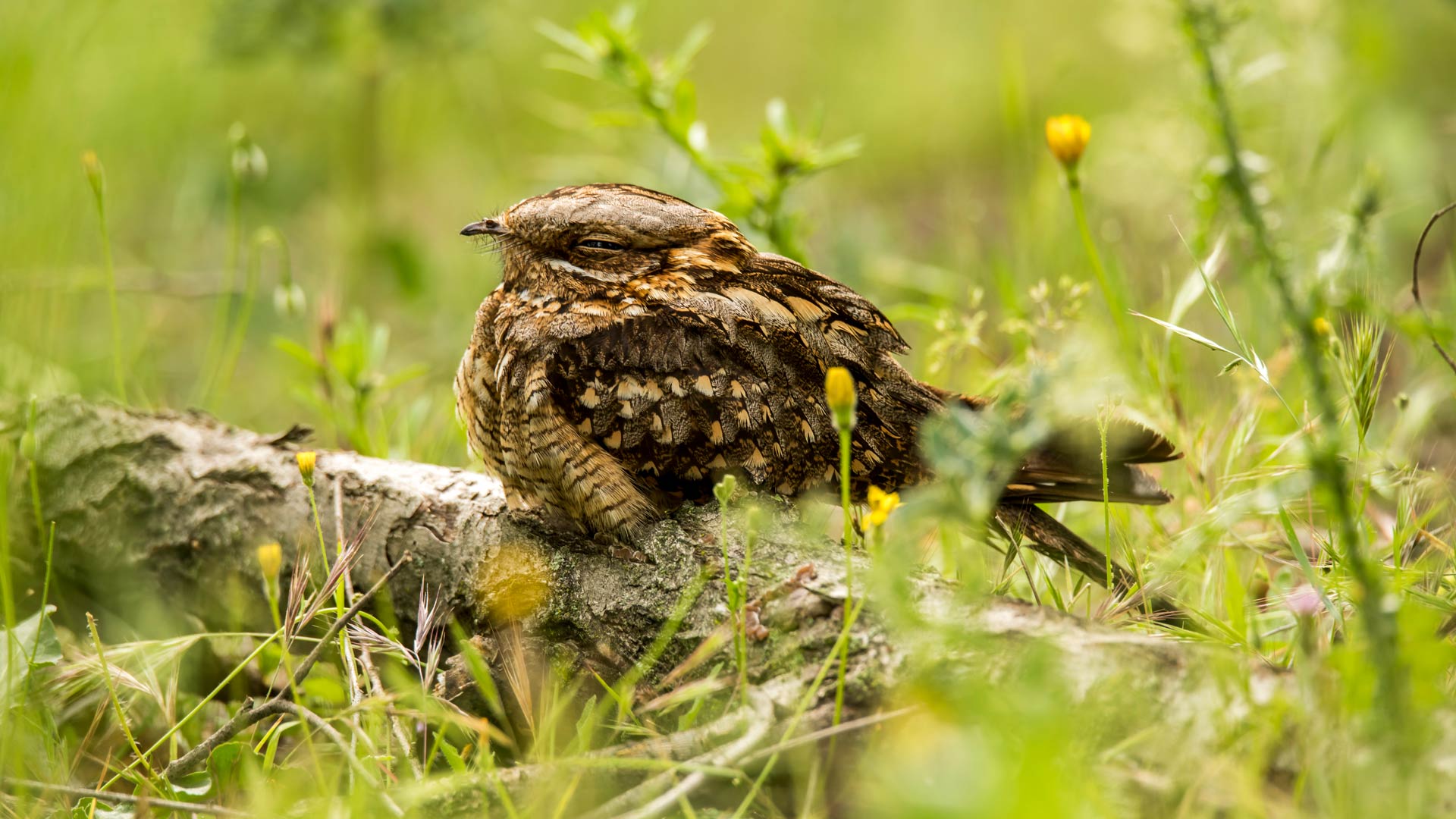
If you’re camping at Lynton Club Site, you’ll be pleased to know that there are plenty of birds to see at the campsite and beyond. Just 10 minutes away from the campsite is Exmoor National Park. Campers reported hearing nightjars and red kites here, so pack your binoculars for a good view.
Tavistock, Devon
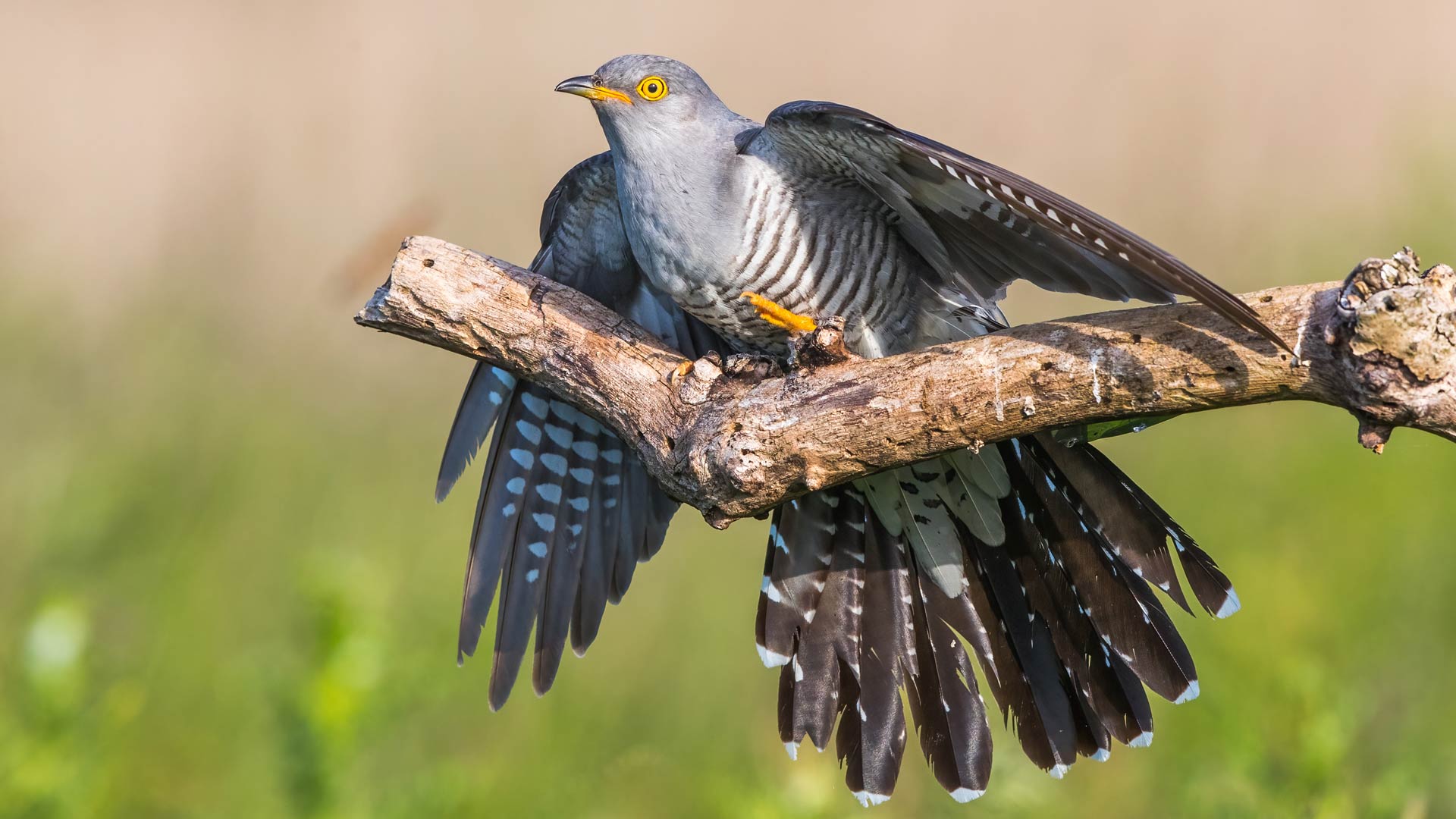
On the doorstep of Tavistock Club Site is Dartmoor National Park, home to a wide variety of breeding species. The moorlands and woodlands of the park offer support for a unique community of birds. Birdwatchers visit Dartmoor National Park to see birds that they can’t see elsewhere, such as the cuckoo. Black and red grouse, peregrine falcons, chaffinches and wading birds are among other species to look out for.
The woodland of Dartmoor National Park is classed as temperate rainforest, which is fantastic for migrant birds such as redstart and pied flycatcher.
Canterbury, Kent
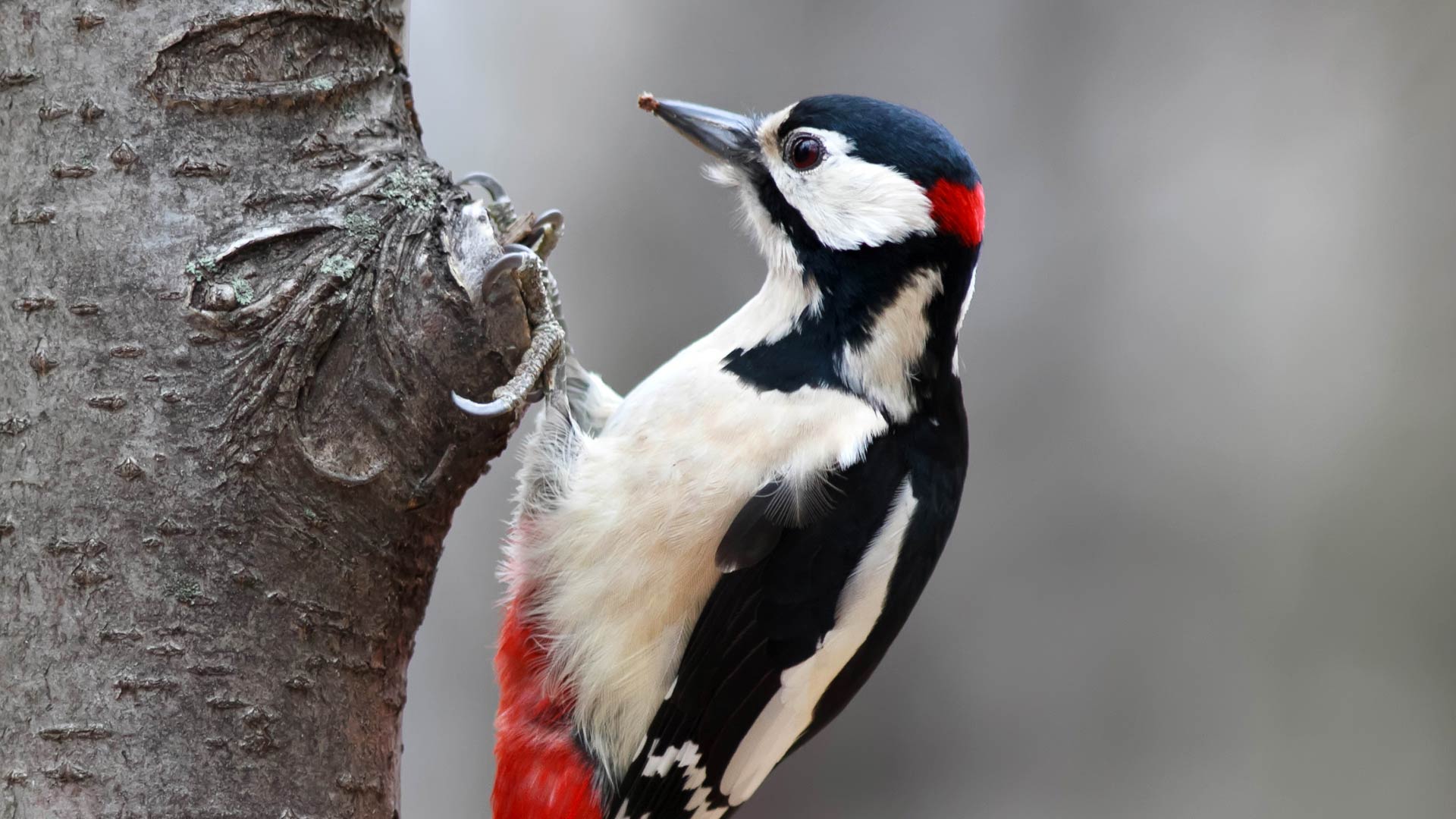
RSPB Blean Woods is a ten-minute drive from our Canterbury Club Site. Lesser-spotted woodpecker, nightingale, nightjar and sparrowhawk are regulars over the seasons.
If you want to see coastal birds, Sandwich and Pegwell Bay are 20 minutes away from the campsite. Here you’ll spot wading birds, migatory geese and merlins. Quail, lapwing, puffin and many more species can be seen at various times of the year too.
Kessingland, Suffolk
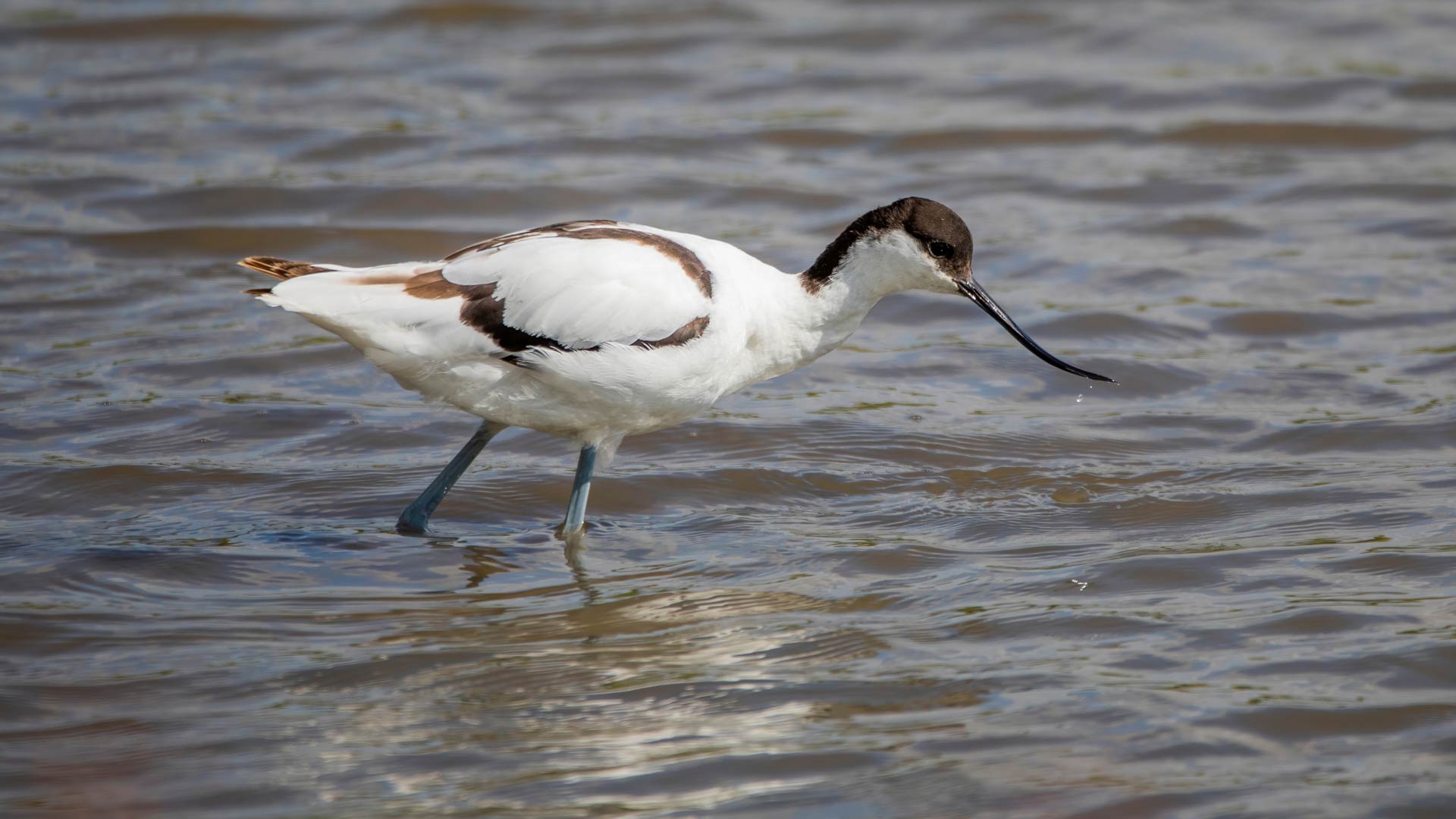
Kessingland Club Site sits on the beautiful Suffolk coast near RSPB Minsmere. Here, you’ll find a range of coastal lagoons, reedbed pools and lowland heath, which attract bittern, avocet, marsh harriers and nightingales. Accessible toilets, a picnic area and a café make this a great place for a family day out. Enjoy a walk along the nature trails or visit the Discovery Centre to take part in family-friendly activities.
If you’re birdwatching at one of our campsites, send us pictures of your favourite birds on Facebook or Instagram. Can't figure out what bird it is? Check out our British Bird Identifier list to see what you’ve found.
